With the continuous development of medicine, people's understanding of tumors is getting deeper and deeper, and the requirements for tumor models are getting higher and higher. The PDX (Patient-derived xenograft) model is increasingly favored by pharmaceutical companies and research institutes because of its close proximity to the patient's tumor genetic characteristics and heterogeneity (Fig 1). However, the PDX model is critical for immune-defective animals because it is subject to a heterologous graft immune response during construction.
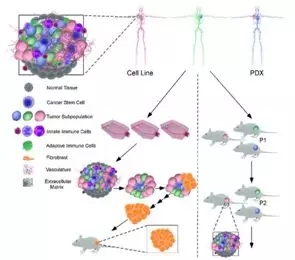
Fig 1. PDX model maintains the heterogeneity and genetic characteristics of tumor tissues [1]
NOD-Scid mice as compared to nude,, B-NDG ® (NOD- Prkdc scid IL2rg tm1 / Bcgen) severe immunodeficient mouse model is a better choice PDX construct (Fig 2). B-NDG mice lack T, B, and NK cells, and have almost no rejection of human cells and tissues, which is more conducive to the growth of tumor tissues.

Fig 2. Advantages of B-NDG mice
Based on B-NDG mice, Baixuetu has successfully constructed more than 100 PDX models, including 3 cases of hematoma PDX model and 11 cases of breast cancer PDX model (Fig. 3).
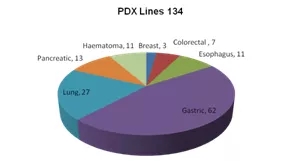
Fig 3. PDX model that has been successfully built
Exon sequencing of the PDX model showed that the TTN, KMT2D and other gene mutation frequencies were higher in the solid tumor PDX model (Fig 4).

Fig 4. Solid tumor PDX exon mutant gene Top24
The PDX model of B-NDG mice is an ideal tool for detecting tumor efficacy after reconstruction of the human immune system. For different cancer types or different drug types, different models can be constructed for pharmacological efficacy testing.
Application example of constructing PDX model based on B-NDG mice
Three-negative breast cancer PDX model drug efficacy experiment
Triple-negative breast cancer (ER-/PR-/HER2-) accounts for 15%-20% of the total diagnosed breast cancer, because it has high tumor heterogeneity, high recurrence rate, early metastasis and poor prognosis. "The most difficult to treat breast cancer." At present, major pharmaceutical companies and research institutes are stepping up research and development on anti-three-negative breast cancer drugs. Bio-Syrah plans to construct a unique PDX model of triple-negative breast cancer for these diseases, and to carry out chemical drug efficacy test after immuno-reconstruction ( Fig 5) provides a strong model support for the study of drug development and treatment strategies.
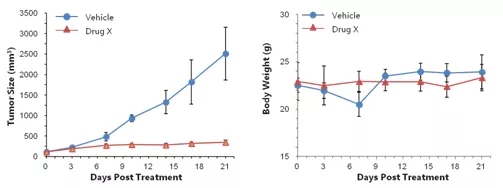
Fig 5. Experiment on the efficacy of Sanyin Breast Cancer
The results showed that Drug X significantly inhibited tumor growth in the PDX model of triple-negative breast cancer compared with the control group.
Pharmacodynamic test of antibody-conjugated drug in gastric cancer PDX model
An antibody-drug conjugate (ADC) is an antibody drug that attaches a biologically active small molecule drug to a monoclonal antibody via a chemical bond. With brentuximabvedotin (SGN-35, trade name Adcetris) and Ado-trastuzumabemtansine (T-DM1, trade name Kadcyla) applied to cancer treatment, ADC drugs have once again become star drugs. The PX model of gastric cancer was constructed using B-NDG mice and the drug efficacy of ADC was tested after immunological reconstruction (Fig 6).
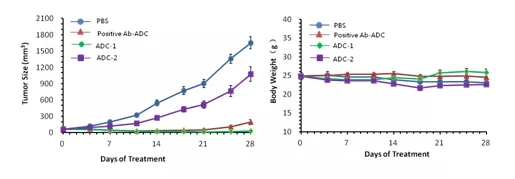
Fig 6. Efficacy experiment of gastric cancer antibody-conjugated drug
The results showed that compared with the PBS control group, the two ADC drugs tested and the positive control group inhibited the tumor growth in the PDX model mice to some extent. The PDX model based on B-NDG mice was used to study the antitumor efficacy of ADC. The ideal tool.
PDX due to its good heterogeneity and genetic characteristics will be the hot trend of future oncology development and preclinical efficacy trials of oncology drugs. Based on the PDX tumor model of B-NDG mice, Biotech is dedicated to the development of oncology in the fields of scientific research and medicine. For more information, please visit the official website of Biotech and we will be happy to help you.
references
[1] Sulaiman A, Wang L. Bridging the divide: preclinical research discrepancies between triple-negative breast cancer cell lines and patient tumors [J]. Oncotarget, 2017, 8(68): 113269.
China Green Coffee Beans
flavor: mellow and balanced, with fruit acid flavor, nuts, honey, chocolate, citrus;
Variety:Aribica
processing method: washing;
water content: less than 12%;
packaging: 60kg / bag
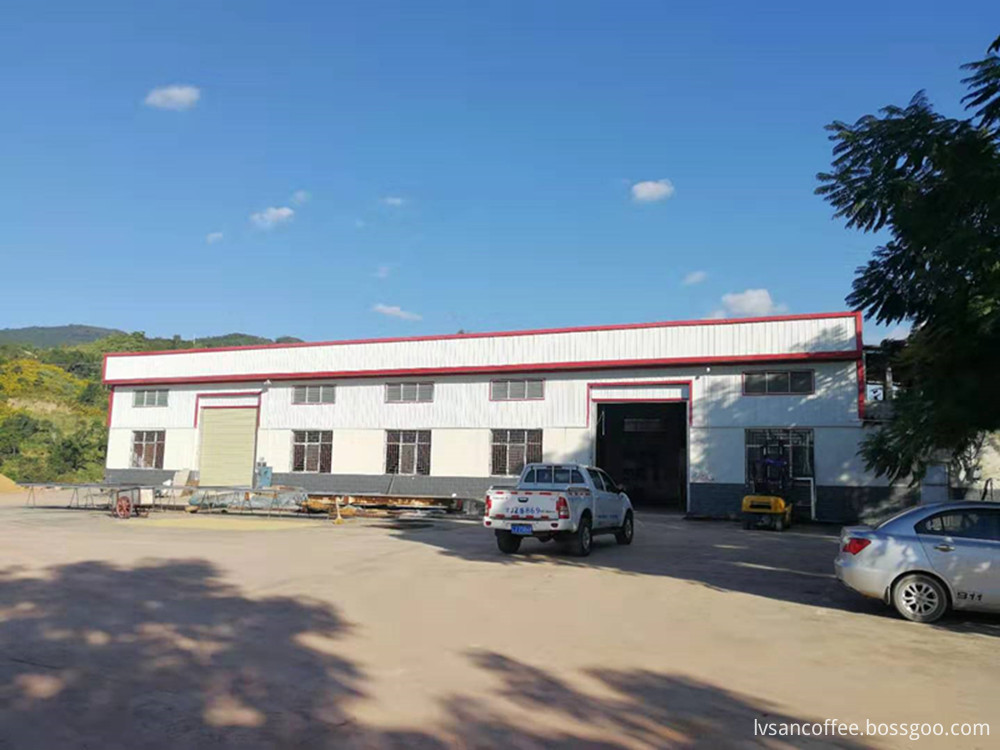
In 1892, French missionary father Tian Daneng preached in Dali, Yunnan Province, China. In order to drink coffee, he taught local villagers to grow and drink coffee. Up to now, coffee has been planted in Yunnan Province of China for more than 100 years, with an area of 120000 mu. Most of the varieties planted in Yunnan are ccatimor, with an altitude of 1000-1500m, The coffee produced in Yunnan has a balanced taste, rich nut and citrus flavor, some of which are very sweet, with obvious taste of chocolate, toffee and maple sugar. It is one of the high-quality coffee producing areas. Our coffee is produced at the junction of Puer and Burma - the Myitkyina original jungle beans at 1500-1750, with a rich flavor, high aroma and high sweetness. The 2019 international coffee cup Masters Tournament (China finals) is sponsored by beans.
Green Coffee Beans,Unroasted Coffee Beans,Organic Green Coffee Beans,Freshly Roasted Coffee Beans
Yunnan New Biology Culture Co,.Ltd , https://www.lvsancoffee.com